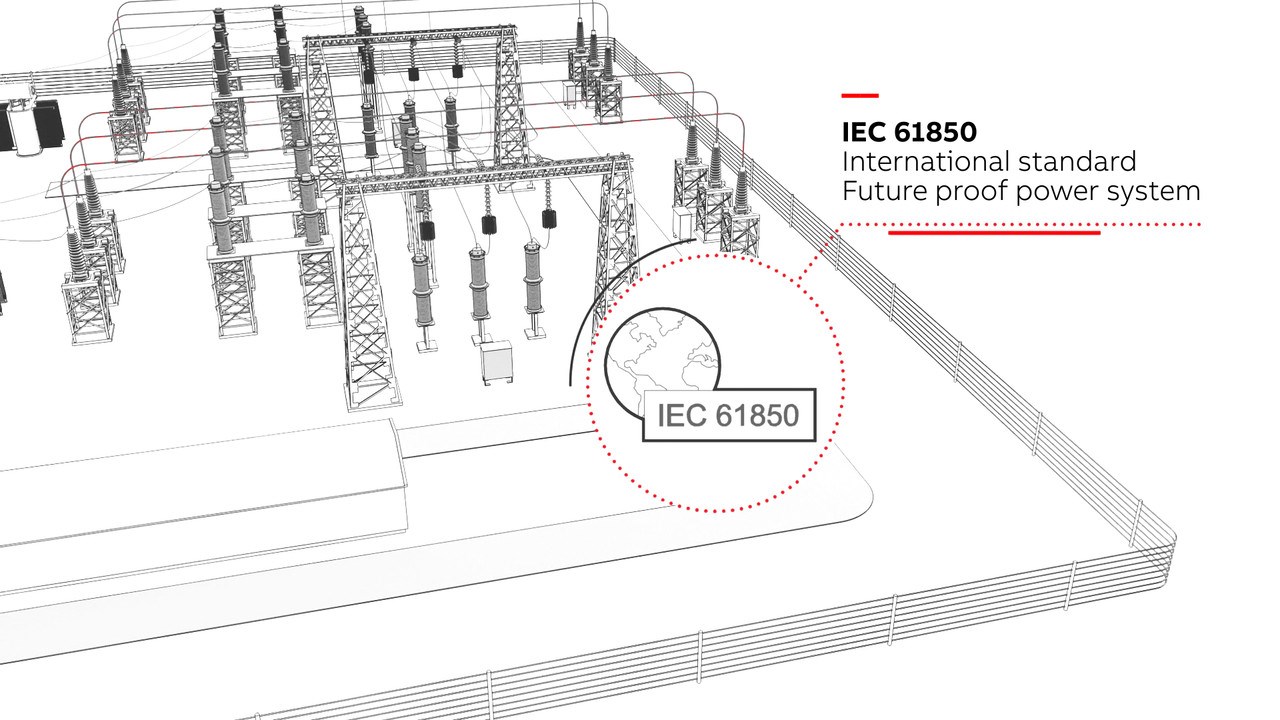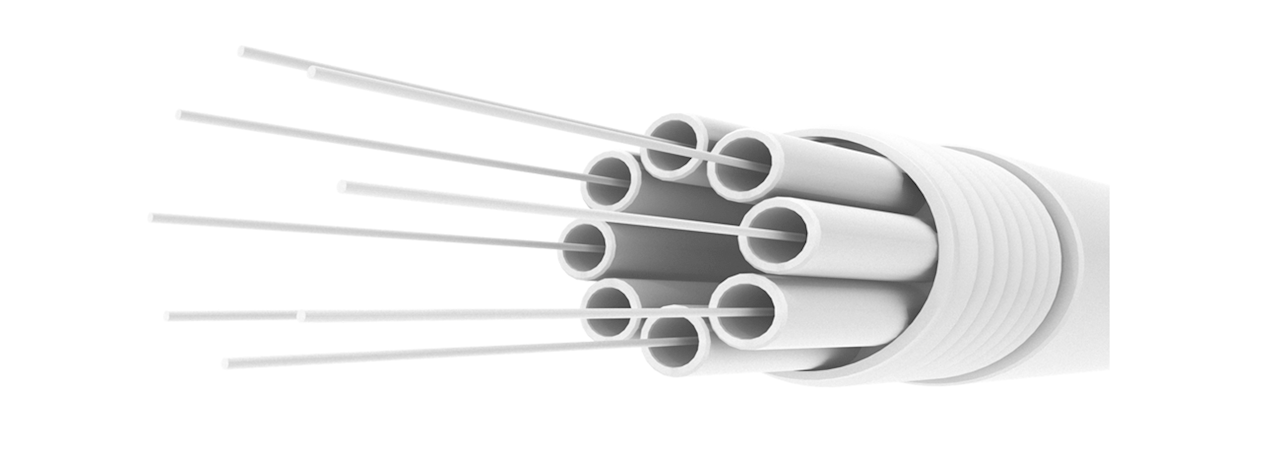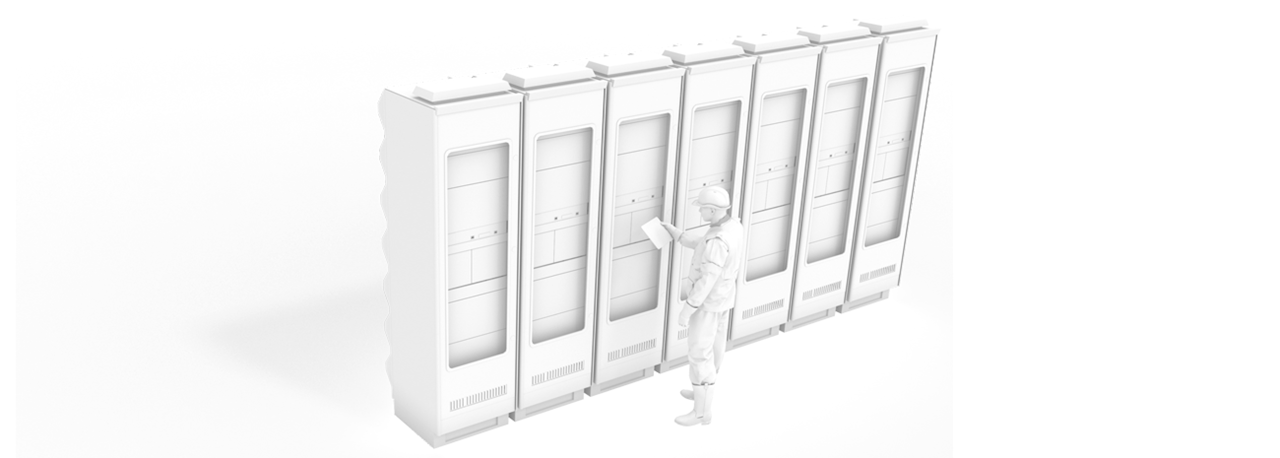
Since its publication in 2004, the global standard IEC 61850 has been accepted at an unexpectedly fast rate.
But the evolution didn‘t stop there. Since the advent of the IEC 61850, edition 2’s introduction in 2011, took the standard to a new level. ABB continues to invest tremendous efforts in implementing this standard at the core of its systems, tools and products. ABB is truly believing that IEC 61850 is the basis for a successful and modern digital grid.
“IEC 61850 communication is integrated in all of ABB’s grid automation offering. We believe in the standard, we work with the standard and we support designing it for the sake of a digital future.”
Stefan Meier, Grid Automation Systems Product Manager, ABB
When the IEC 61850 standard was introduced, ABB not only implemented it in its product portfolio, but also established a system verification and validation center (SVC), to verify its correct implementation. In this test center, products, system components, applications and tools are tested in a real-life system environment to demonstrate its specified functionality and performance. Complete systems are verified to ensure that they fully meet the requirements in terms of communication, integration, functionality and performance. ABB’s SVC is qualified through the UCA International Users Group, and is after KEMA the second laboratory in the world to receive such a certification.
With the implementation of IEC 61850 edition 2, the digital substation was born. ABB installed the first digital substation back in 2009 in Australia, since then ABB has installed more than 30 digital substations worldwide from India over to Brazil.
"Already in 2011 ABB successfully put into operation the first commercial IEC 61850 process bus installation, the digital substation was born. This was the first of a series of six outdoor substations with process bus and NCIT technology. As a project manager I am really proud to be part of this important milestone in the world of substation automation."
Ivo Naef, Project Manager Grid Automation Systems, ABB

The digital substations are numerous: By replacing copper cables between the switchyard and relay house with fiber optics, up to 80% of the used copper cables can be spared. The horizontal wiring between protection and control IEDs is removed thanks to the above mentioned IEC 61850 solutions. The number of connections between primary apparatus and redundant process interface modules is reduced and the copper cables are only retained for power supply and short connections between primary apparatus and marshalling kiosks in the switchyard.

Assuming an average sized transmission level substation that has 7 feeders, this would mean more than 30 tons of material can be saved which results in further costs savings related to transportation and the reduction of a substations carbon footprint. Given that there is no need any more for conventional I/Os, the IEDs require way less space and more IEDs can be integrated into each panel, hence the space requirements in the protection and control room would be reduced by half. The integration of additional functions in the IEDs enable further space reductions.

And last but not least, probably the most important advantage of a digital substation is the increased personnel safety. The risk of electrical shocks is significantly reduced for operators and maintenance personnel. Handling of current transformer circuits and signaling voltages poses a threat to both people and equipment. Process bus eliminates the galvanic connection between protection and control panels and the switchyard. It eliminates CT and VT circuits in the protection and control panels and replaces conventional 110/220 V DC signals with fiber optics and hence can save lives.
ABB has the complete portfolio for digital substations from the field to the process, bay, station, network and operations level all the way through to the boardroom.
To read more about the ABB digital substation, click here.